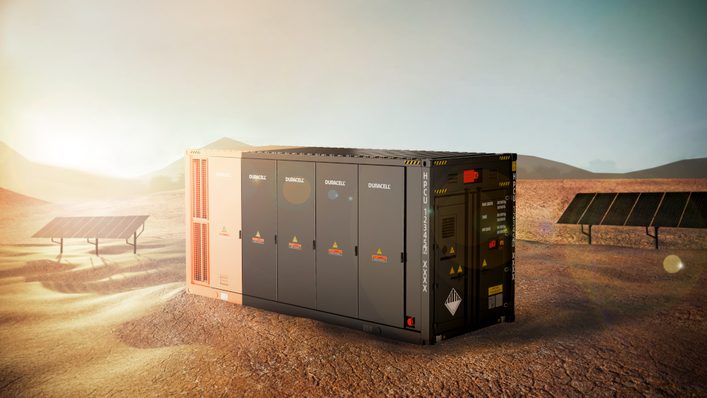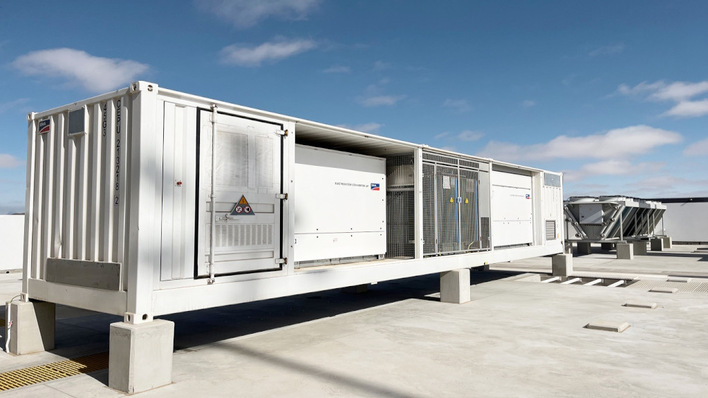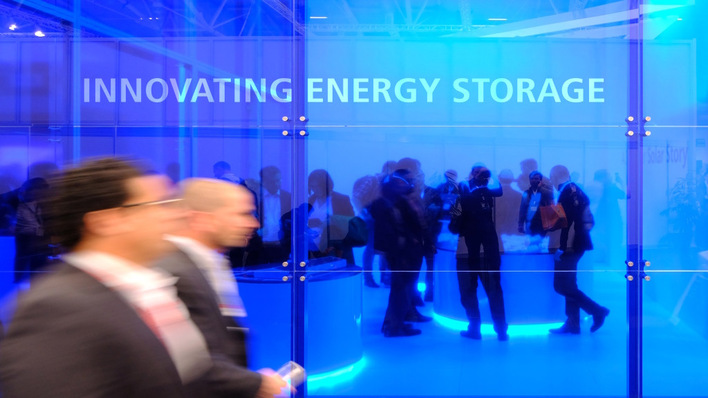The cathode marks the most notable point of divergence between sodium-ion and lithium-ion batteries. While lithium technologies rely on NMC (nickel manganese cobalt) and LFP (lithium iron phosphate), sodium-based alternatives are actively under development. According to the latest IDTechEx report, Sodium-ion Batteries 2025–2035: Technology, Players, Markets, and Forecasts, three cathode types are emerging: transition metal oxides (analogous to NMC), polyanions (akin to LFP), and Prussian blue analogues – a chemistry that is unique to sodium-ion.
Different performance characteristics
Transition metal oxides and Prussian blue analogues are particularly promising cathode candidates, valued for their low cost and avoidance of rare earth elements. Transition metal oxides – typically comprising sodium, oxygen, nickel, iron, and manganese – omit cobalt entirely, addressing the sustainability concerns associated with lithium-ion batteries. Prussian blue analogues, which are distinctive for their rhombohedral structure, are composed solely of sodium, iron, carbon, and nitrogen, making them a chemistry unique to sodium-ion technology.
Solar Investors Guide #4: Long-term storage with iron flow technology
On the anode and electrolyte front, sodium-ion batteries are largely similar to lithium-ion. Hard carbon anodes, used in earlier lithium-ion generations, are the preferred choice since sodium-ions are too large to intercalate into graphite. Electrolytes consist of similar salts and solvents, with sodium replacing lithium, such as NaPF6 in a carbonate solvent.
Comparing the performance characteristics reveals the general strengths and limitations of each battery chemistry. While the energy density of sodium-ion batteries remains lower than that of high-energy lithium-ion cells using nickel, it is approaching that of high-power lithium iron phosphate (LFP) cells. Cycle life is reasonable in certain configurations. Not shown in the image, however, is one of sodium-ion’s notable advantages: high power output, with reports of around 1000 W/kg – exceeding that of NMC (approximately 340–420 W/kg) and LFP (around 175–425 W/kg) cells. Sodium-ion batteries also perform better at low temperatures.
Cost competitiveness in a changing market
A primary advantage of sodium-ion batteries is their potential for lower costs compared to lithium-ion technologies. At scale, a sodium-ion battery featuring a layered metal oxide cathode and a hard carbon anode is expected to have material costs approximately 25-30% lower than a lithium iron phosphate (LFP) battery. This cost reduction is primarily driven by the substitution of lithium and copper with more affordable sodium and aluminum, which offers around a 12% reduction in cost, largely due to the use of aluminum as the current collector.
Solar Investors Guide #5: Prospects and pitfalls for investments in solar and large battery projects
A primary advantage of sodium-ion batteries is their potential for lower costs compared to lithium-ion technologies. At scale, a sodium-ion battery featuring a layered metal oxide cathode and a hard carbon anode is expected to have material costs approximately 25–30 % lower than a lithium iron phosphate (LFP) battery. This cost reduction is primarily driven by the substitution of lithium and copper with more affordable sodium and aluminum - offering around a 12 % saving, largely due to the use of aluminum as the current collector.
Engineering breakthroughs will be key
The future of sodium-ion batteries and their ability to undercut lithium-ion on price remains an area of significant debate. While the cost of lithium-ion batteries continues to decline, the timeline for when sodium-ion technology could match or beat these prices is still speculative. IDTechEx finds that engineering breakthroughs, rather than simply scaling production, will be key in driving down sodium-ion costs.
Expert analysis: 10 must-know technological trends driving solar and storage development
If lithium prices remain near historic lows, sodium-ion batteries face a narrower path to becoming cost-competitive in the next decade. However, with continued engineering advances, sodium-ion could emerge as a complementary technology, offering value in specific applications where cost reduction and material availability are paramount. (Shazan Siddiqi/hcn)








